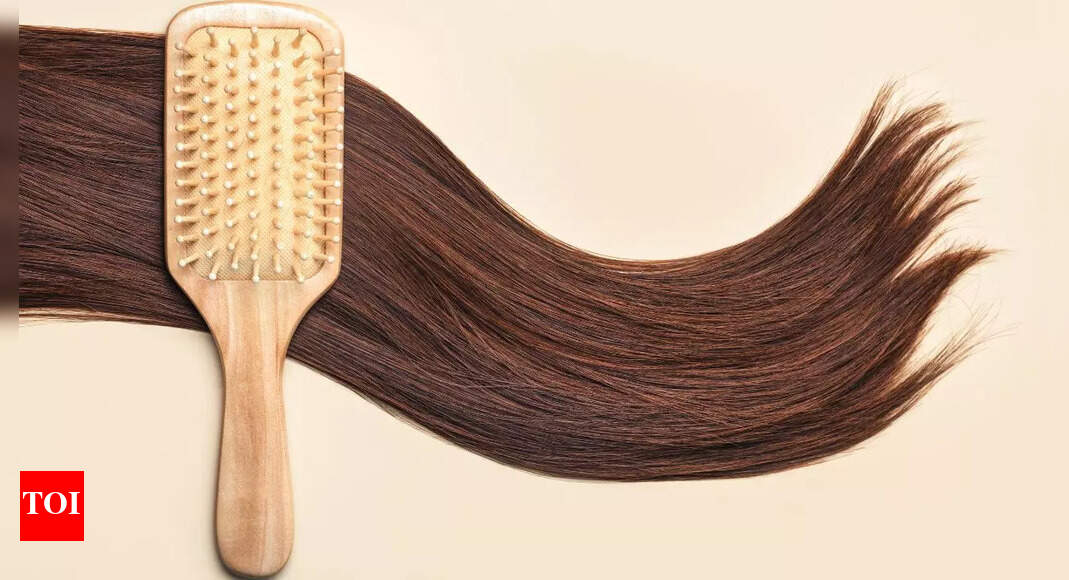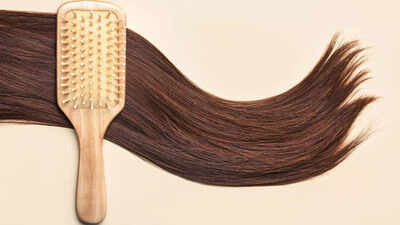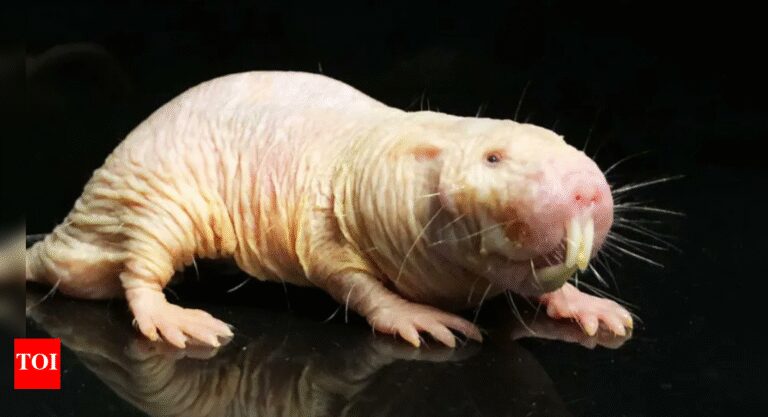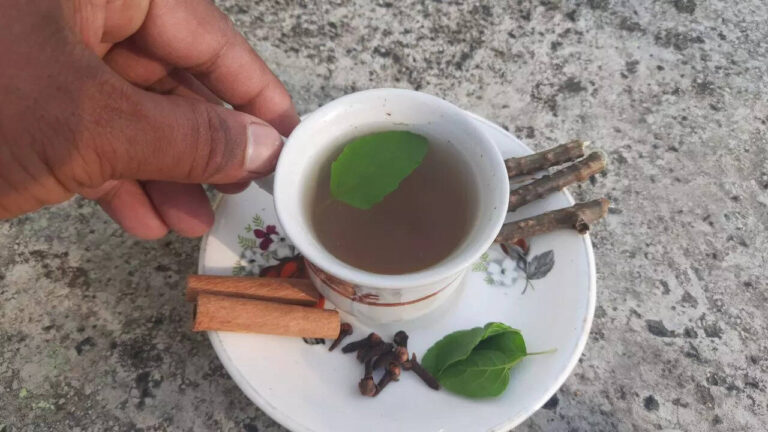
A clean hairbrush is more than just a styling tool; it’s vital for maintaining healthy hair and scalp. Over time, hairbrushes collect strands, oils, dirt, and product residue, creating a breeding ground for bacteria and fungi. This build-up can lead to scalp irritation, dandruff, and dull, lifeless hair. Regularly cleaning your hairbrush removes these impurities, preventing bacterial growth and ensuring your hair stays fresh, shiny, and manageable. By incorporating a simple cleaning routine, you protect both your hair and scalp, improve styling efficiency, and prolong the life of your brush, keeping it hygienic and effective for daily use.
Why you should clean your hairbrush
Hairbrushes may seem harmless, but they are a hotspot for dirt, oil, and bacteria. Some reasons to clean your hairbrush regularly include:
- Preventing scalp infections: Bacteria and fungi can accumulate on dirty brushes, potentially causing irritation or scalp infections.
- Maintaining hair health: Product residue and oils can weigh down hair, making it look greasy and lifeless.
- Improving styling efficiency: A clean brush glides smoothly through hair, giving you better control when styling.
- Extending the life of your brush: Removing hair and debris regularly prevents damage to the bristles and prolongs usability.
How often should you clean your hairbrush
The frequency of cleaning depends on your hair type and usage:
- Daily users of styling products: Weekly cleaning is recommended.
- Normal hair without heavy products: Every 2–3 weeks is sufficient.
- After illness: Always disinfect your brush to remove germs.
Supplies you’ll need
Before you start, gather these items:
- Wide-tooth comb or scissors (to remove hair)
- Bowl or sink filled with warm water
- Mild shampoo or liquid soap
- Baking soda (optional, for deep cleaning)
- Toothbrush or small cleaning brush
- Towel for drying
Step-by-step guide to cleaning your hairbrush
1. Remove hair from the brushUse a wide-tooth comb, your fingers, or scissors to remove all hair from the bristles. This makes the cleaning process more effective.2. Prepare a cleaning solutionFill a bowl or sink with warm water and add a few drops of mild shampoo or liquid soap. For extra cleaning power, add a teaspoon of baking soda to the solution.3. Soak the brushPlace the brush in the solution, ensuring that only the bristles touch the water (avoid soaking wooden handles as they can warp). Let it soak for 10–15 minutes to loosen dirt, oils, and product residue.4. Scrub the bristlesUse an old toothbrush to gently scrub between the bristles, removing any remaining buildup. Pay special attention to the base of the bristles where debris tends to accumulate.5. Rinse thoroughlyRinse the brush under running water to remove soap and debris. Make sure no residue remains, as leftover soap can attract more dirt.6. Dry your brushShake off excess water and place the brush bristle-side down on a towel. Allow it to air dry completely before using it again. Avoid using a hairdryer, as excessive heat can damage bristles.
Special tips for different types of hairbrushes
- It can be soaked safely in water.
- Use baking soda for deep cleaning once a month.
- Avoid soaking; dip bristles only.
- Use a damp cloth and mild soap for cleaning.
- Use a brush cleaner or a toothbrush.
- Avoid prolonged water exposure to preserve natural oils.
- Hair often gets stuck in the barrel; remove with scissors if necessary.
- Soak bristles and use a toothbrush for thorough cleaning.
Additional tips for hairbrush hygiene
- Clean your brush regularly to prevent bacteria build-up.
- Replace old brushes every 1-2 years.
- Avoid sharing brushes to reduce the risk of scalp infections.
- Keep brushes dry to prevent mould and mildew growth.
Also Read | Coconut oil vs. Castor oil for eyelashes and eyebrows: Which works best for growth







